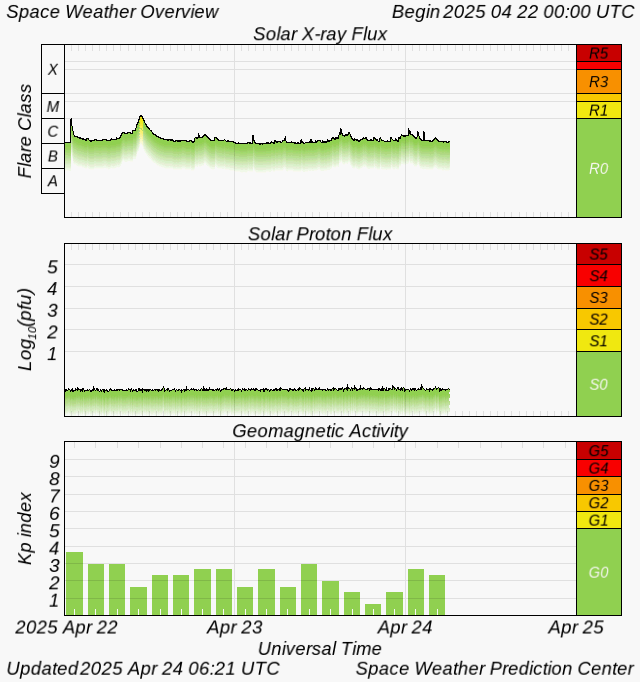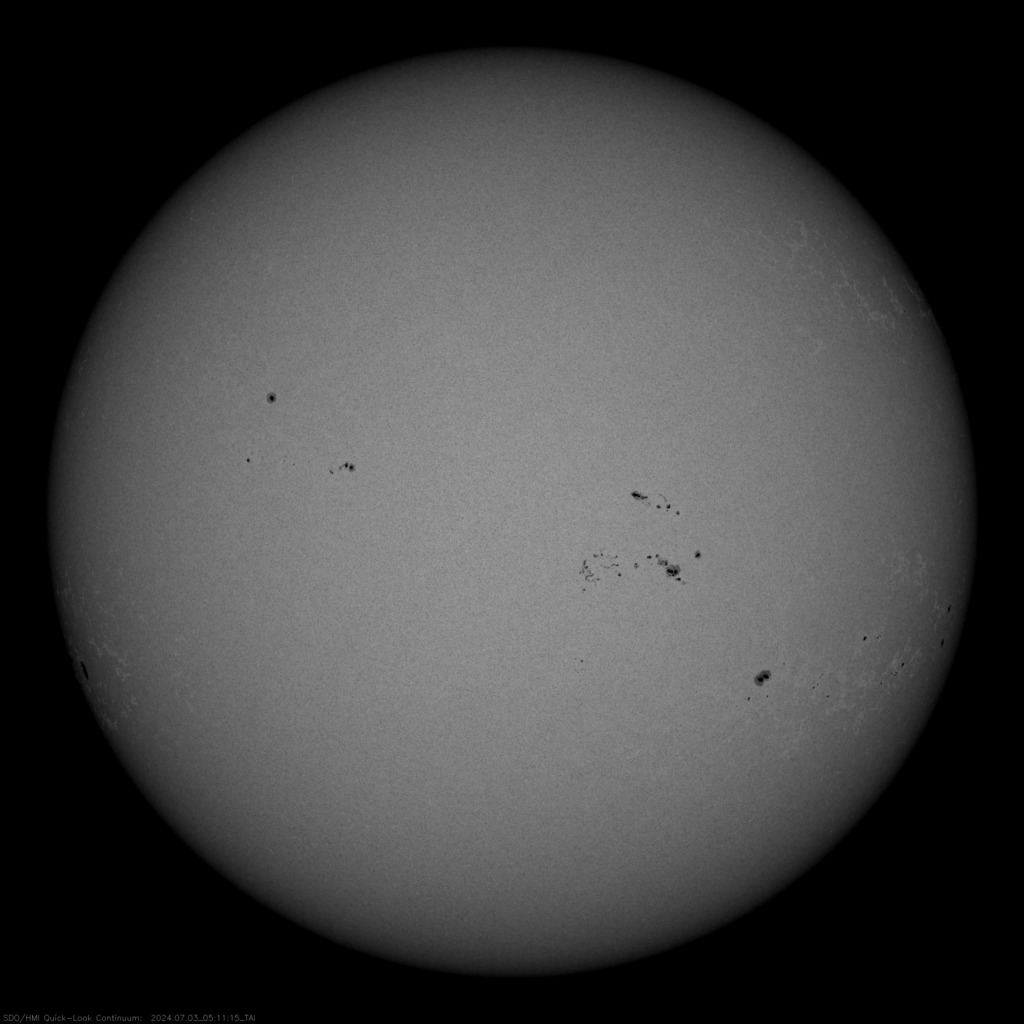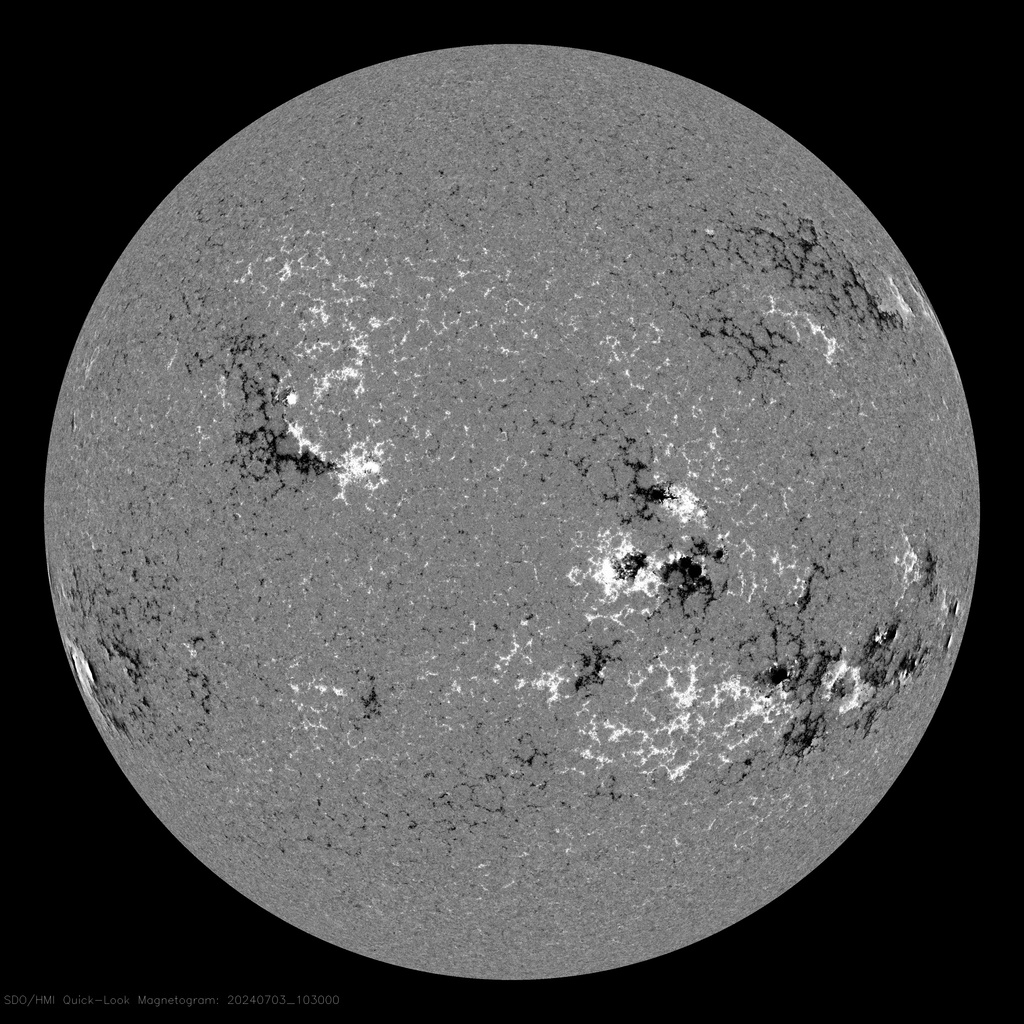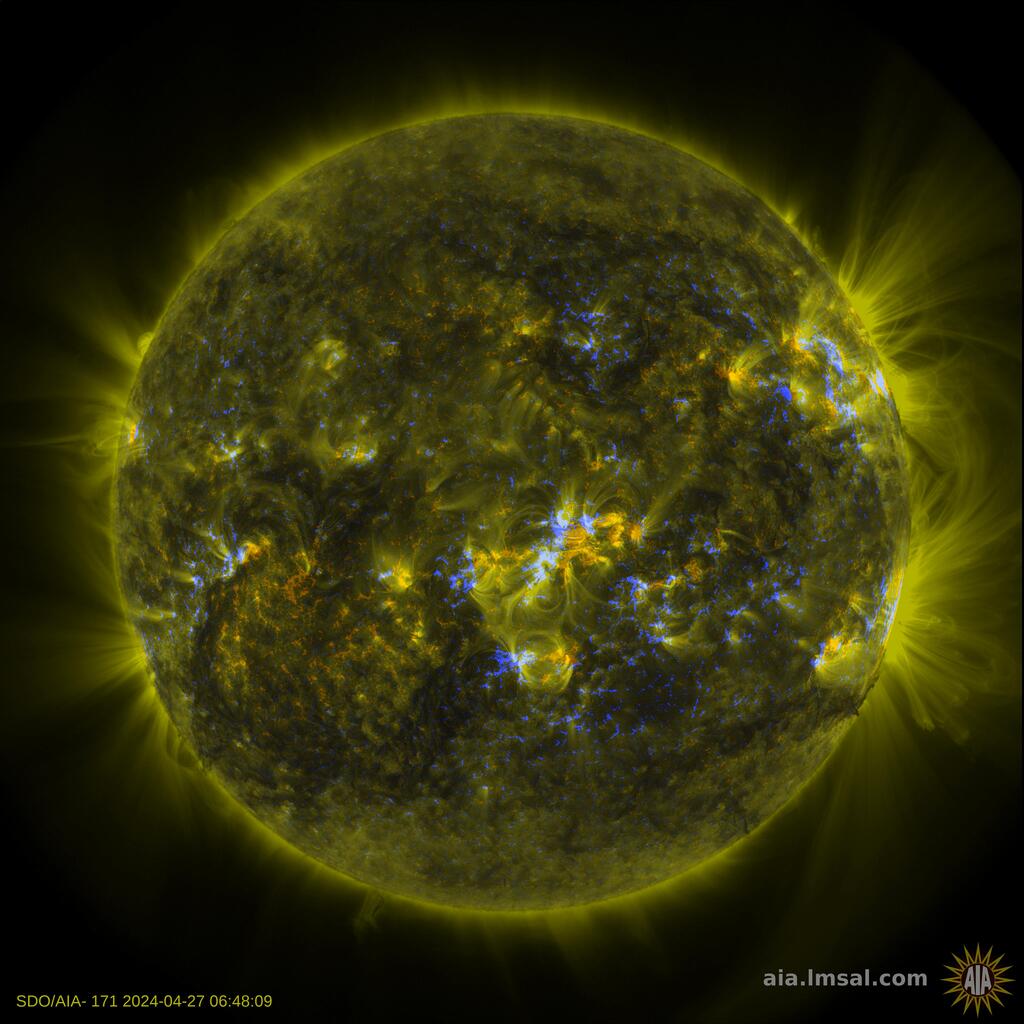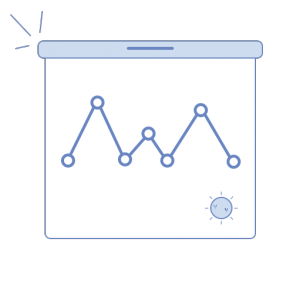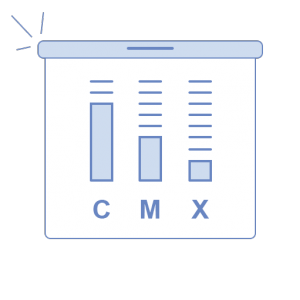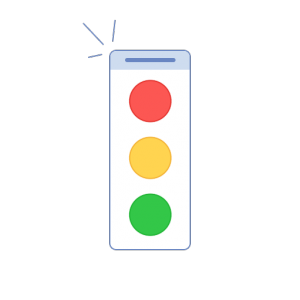
FLARECAST
Flare Likelihood And Region Eruption foreCASTing
THE FULLY AUTOMATED SOLAR FLARE FORECASTING SYSTEM
A Horizon2020 PROTEC (Protection of our Assets in Space) Research and Innovation Action
FLARECAST is an automated forecasting system for solar flares developed in the framework of a Horizon2020 research project between January 2015 and December 2017. It is part of an international effort in building an encompassing space weather prediction system. In Europe, ESA’s Space Weather Service Network, one of the main activities within the Space Situational Awareness Programme SSA, unites forecasting services from several institutions covering different drivers of space weather.
THE SOLAR FLARE THREAT
A solar flare is a flash of brightness on the surface of the sun. During a flare a huge amount of energy (up to a billion hydrogen bombs) is released, heating the solar plasma, accelerating particles and propagating into space. Big flares and other manifestations of eruptive solar activity are the main drivers of space weather near the Earth. – After 8 minutes, a flare may cause radio blackouts. – After 20 minutes, a flare may cause a solar radiation storm. – After 2-4 days, a flare, followed by a coronal mass ejection, may cause a geomagnetic storm. Solar flares can affect satellite operations, aviation and communication technologies.
WHAT IS FLARECAST ABOUT?
Until recently, solar activity wasn’t considered a notable threat for our planet. Since the end of the 20th century, however, we have become more vulnerable due to space-relying technologies our society depends on. Should a very strong solar storm hit the Earth, it may not only cause damage to space-based technology but also to communication systems, transportation networks, pipelines, and power grids on the ground. Reliable space weather predictions are vital for taking mitigation measures in time.
The FLARECAST consortium developed an automated forecasting system for solar flares. The team integrated virtually every solar flare-predicting parameter into an open online application programming interface, flexible enough to facilitate future expansion. We identified the best performers by employing a variety of statistical and machine learning techinques, including standard methods such as Linear Discriminant Analysis, Clustering and Regression Analysis, Neural Networks, as well as innovative approches including Multi-Task Lasso, Simulated Annealing and Random Forest. A robust exploration work package identified promising new predictors and connected flare prediction to other manifestations of solar eruptive activity such as coronal mass ejections.
FLARECAST BENEFIT
SCIENCE
With FLARECAST, heliophysicists and space weather forecasters throughout the globe can couple their preferred flare predictors to an array of flare-prediction algorithms, advancing their own research. They can also validate their results on a voluminous archive of SDO/HMI solar active regions magnetogram data. More
GOV & INDUSTRY
Institutions such as aviation industries, satellite operators and insurance companies or government agencies concerned with risk management related to solar flares can inquire with the Consortium for clarifications on our results in order to enhance their own risk assessment and mitigation strategies. More
PUBLIC
Amateur space weather forecasters can integrate the online flare prediction service into their own prediction systems. For the wider public, our outreach programme offers opportunities to meet FLARECAST scientists, participate in the observation of the sun both online and outdoors and gain insight about how space weather forecasting is being carried out in Europe. More
THE SUN NOW: SAMPLE NEAR-REALTIME DATA FROM THE SDO AND GOES SATELLITES
WHAT WOULD YOU LIKE TO SEE ON THE NEXT FLARE PREDICTION USER INTERFACE?
- Full-Sun view
- Solar x-ray flux
- Major flare risk %
- Grade flare risk (color coded)

